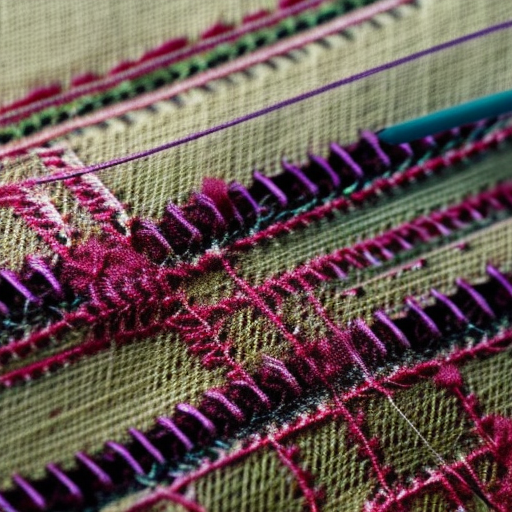Sewing stitches are essential elements in the world of sewing. Different stitches serve different purposes, and it is important to understand their meanings and applications. Whether you are a beginner or an experienced sewist, having a good grasp of various stitches will improve the quality and durability of your sewing projects. Let’s explore some common stitches and their meanings:
Running Stitch

The running stitch is the most basic and simplest stitch. It is created by passing the needle in and out of the fabric in a straight line. This stitch is primarily used for basting and gathering fabric layers.
Backstitch

The backstitch is a strong and secure stitch used for joining seams, adding details, or attaching buttons. It involves overlapping the previous stitch to create a continuous line.
Blanket Stitch

The blanket stitch features a series of diagonal stitches with a loop at the edge. It is commonly used for attaching bindings, finishing raw edges, or creating decorative borders.
Zigzag Stitch

The zigzag stitch is a versatile stitch that creates a zigzag pattern by alternating between left and right movements. It is excellent for finishing raw edges, preventing fraying, and providing stretchability to fabrics.
Overlock Stitch

The overlock stitch, also known as a serger stitch, is used to sew, trim, and finish raw fabric edges simultaneously. It creates a professional and neat finish, commonly seen on garments and fabrics that tend to fray easily.
These are just a few examples of the many stitches available to sewists. Each stitch has its unique purpose and can make a significant difference in your sewing projects. Take the time to practice and experiment with different stitches to expand your sewing skills and create beautiful, long-lasting creations.




